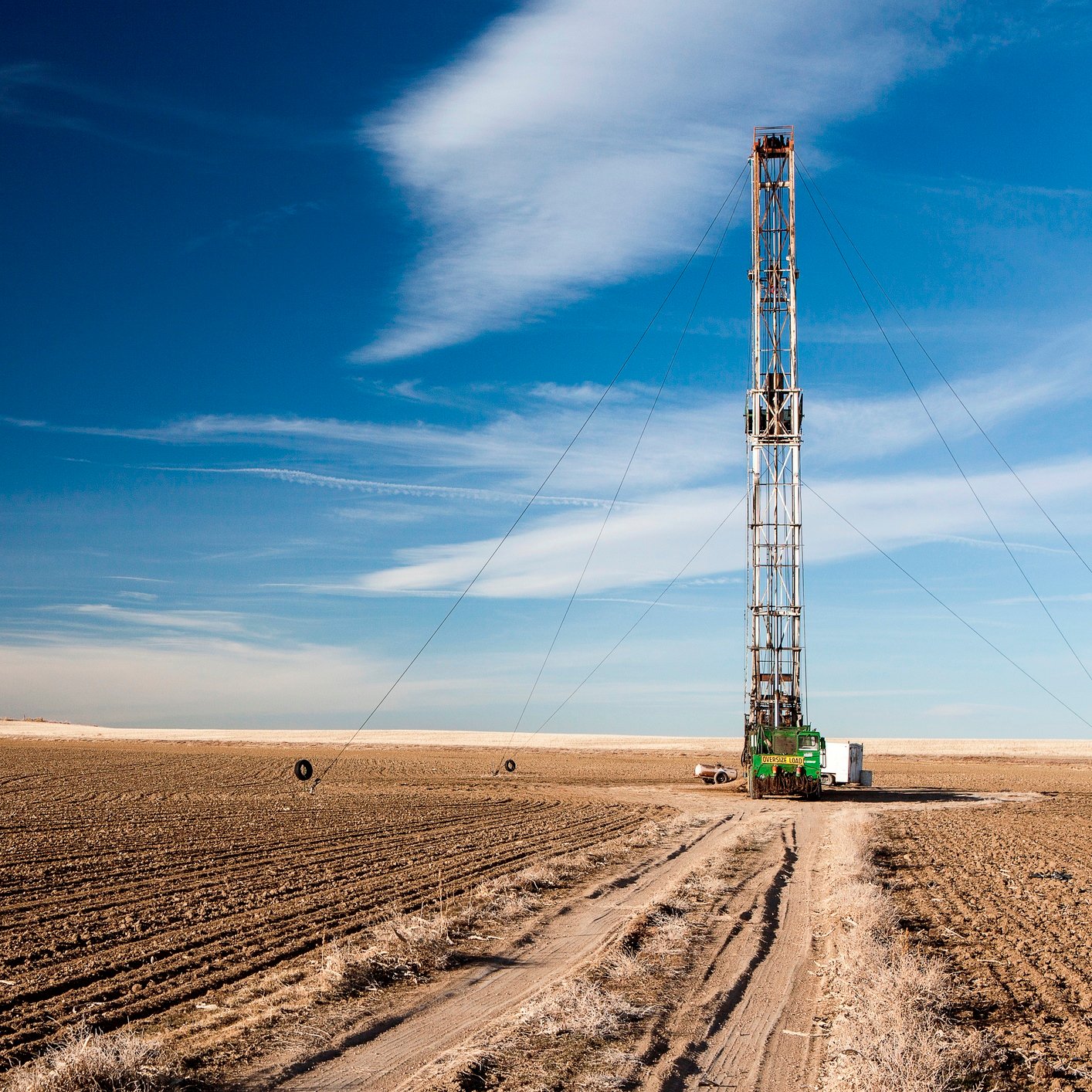Energy
Texas Study: What State's Residents Like and Dislike About Shale Development

Published:
Last Updated:

Is this just another “dog bites man” story? Texans like oil and gas development? Who would have believed that?
But just as there are benefits to the state’s massive oil production totals, so are there drawbacks, and a new study has tried to put both the benefits and drawbacks of energy development in Texas.
The Academy of Medicine, Engineering and Science of Texas (TAMEST) released a report Monday titled “Environmental and Community Impacts of Shale Development in Texas.” TAMEST comprises the Texas-based members of the three National Academies of Medicine, Engineering and Sciences, along with the nine Nobel laureates who live in the state.
TAMEST named a task force to review the science in six topic areas related to shale oil exploration and production: geology and earthquake activity; land resources; air quality; water quantity and quality; transportation; and economic and social impacts. The task force reported its findings in each of these areas, along with recommendations for more consideration, and ended with a more general findings and one overarching recommendation.
In the area of geology and earthquake activity, the report notes that the state’s earthquake rate has risen from two or three a year between 1975 and 2008 to between 12 and 15 a year since 2008. Hydraulic fracturing (fracking) of oil and gas wells have not been associated with the increase, but fluid disposal (injection) wells have been.
Regarding land resources, the report notes that land in Texas is almost entirely privately owned and shale development on private land is generally not subject to formal (required) environmental impact studies.
In the area of air quality, the task force enumerates several concerns related to emissions of greenhouse gases, but concludes that “limited information” is available “concerning exposures to air toxics emissions and their corresponding health impacts.”
On the issue of water quantity and quality, the report noted that less than 1% of the state’s total water use is related to fracking. That percentage may be significantly higher, however, in certain locations. Median water use across the state’s wells is 1.42 million gallons per well, ranging from about 840,000 gallons in the Permian Basin to 3.9 million gallons per well in the Barnett Shale play around Fort Worth and 3.8 million gallons per well in the Eagle Ford play.
The state’s roads and bridges pay a heavy toll as a result of heavy truck traffic and “the level of funding to address the impacts to the transportation infrastructure and traffic safety in the oil and gas industry are is low relative to the magnitude of the impact.”
The economic and social benefits of oil and gas shale development are mixed: Texans “tend to appreciate and welcome economic and service-related benefits that accompany shale energy development, whereas they tend to dislike certain social and/or environmental effects that accompany it.”
The task force found that “significant connections” exist among the six topic areas, but that these connections “lack formal studies.” Also:
Disciplinary interconnections often are at the center of major trade-off decisions regarding shale development investments; however, they are difficult to clearly identify and evaluate.
The task force was not aware of any major, prominent initiatives to develop integrated approaches for monitoring, analyzing, and monetizing transdisciplinary implications of Texas shale development.
The overall conclusion:
Connections among the multiple disciplinary areas and trade-off decisions that underpin shale investment decisions should be systematically identified, discussed, and evaluated.
What the report seems to have done is surface how much of what goes on in the shale development business is simply unknown. Whether that has happened by design or was simply an oversight due to rapid development is not clear.
It should be pretty clear, however, who holds the best cards. Expecting them to throw away a winning hand is to believe in the tooth fairy.
See the TAMEST website for a full copy of the report.
Finding a qualified financial advisor doesn’t have to be hard. SmartAsset’s free tool matches you with up to 3 fiduciary financial advisors in your area in 5 minutes. Each advisor has been vetted by SmartAsset and is held to a fiduciary standard to act in your best interests. If you’re ready to be matched with local advisors that can help you achieve your financial goals, get started now.
Thank you for reading! Have some feedback for us?
Contact the 24/7 Wall St. editorial team.